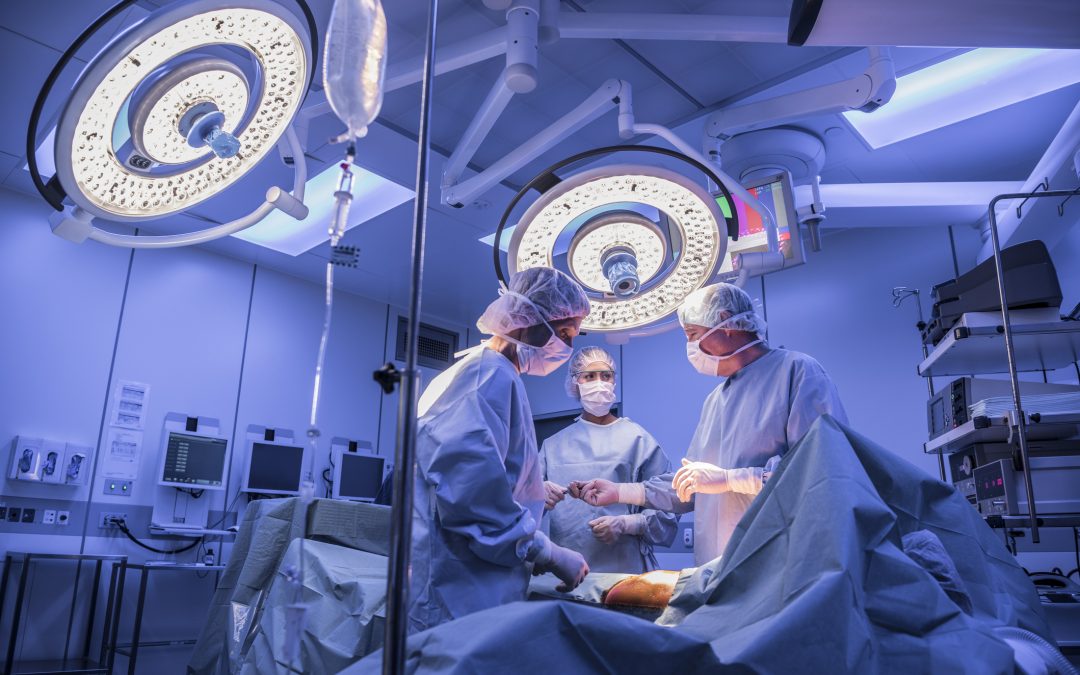PADC, Oman’s regulating authority in the sphere of medical devices, has published a guidance document dedicated to the registration of high-risk medical devices. The document provides an overview of the applicable regulatory requirements, as well as additional recommendations to be taken into consideration by medical device manufacturers and other parties involved in operations with medical devices intended to be marketed and used in the Sultanate of Oman. In particular, the document provides additional clarifications regarding such aspects as:
- Information about the medical device and its manufacturer to be submitted by the applicant,
- Medical device labeling,
- Essential Principles and evidence of conformity,
- Design verification and validation documents to be provided,
- Product verification and validation,
- Clinical evidence,
- Post-market control, and
- Declaration of Conformity.
In addition to the above, the annexes to the PADC guidance contain additional details regarding the medical device grouping/bundling; essential principles of safety and performance for medical devices, and also a flowchart of registration requirements for high-risk medical devices.
However, it is important to mention that the recommendations provided in the guidance are non-binding, and should not be construed as additional requirements imposed.

Table of Contents
Application Form
The first annex provides a template of the application form to be submitted by the interested party when applying for marketing approval. According to the form, it should be accompanied by the documentation provided either in English or in Arabic. For ease of reference, the documents should be provided in the same order as they are listed in the application form.
To complete the form, it will be necessary to provide the following details:
- Information about the applicant entity, including its name, registration number, email, an actual address, and phone number;
- Information about an authorized contact (a natural person), including his name, contact email, and phone number, as well as position and qualification;
- List of activities the entity is entitled to undertake following its registration;
- Indication of whether the device in question is available in stores.
Such a form should be dated, signed by an authorized person, and stamped with a stamp of the entity.

Medical Device Grouping/Bundling
The second annex provides a table to be filled in when providing information about grouping/bundling medical devices. The PADC document contains the following categories:
- Product description;
- Intended purpose;
- Category;
- Classification;
- Trade/brand name;
- Model number.
Essential Principles
The third annex provides extensive information about the applicable essential principles of safety and performance for medical devices. In particular, it constitutes a checklist where the manufacturer should indicate the applicability of the respective principle, a method used to demonstrate conformity, as well as the references to the specific documents.
Under the general rule, medical devices should be designed and manufactured in such a way that, when used under the conditions and for the purposes intended and, where applicable, under the technical knowledge, experience, education, or training of intended users, they will not compromise the clinical condition or the safety of patients, or the safety and health of users or, where applicable, other persons, provided that any risks which may be associated with their use constitute acceptable risks when weighed against the benefits to the patient and are compatible with a high level of protection of health and safety. As further explained in the document, the use of any medical device is associated with a certain risk, while the manufacturer shall undertake a risk assessment associated with the device it is responsible for when it is used for the intended use and in the respective environment, and then duly take the measures reasonably necessary to mitigate the risks and to reduce them to the acceptable level which depends on the nature of the device. In particular, the manufacturer has to take the following actions:
- Identify the hazards that could be reasonably foreseen, as well as the risks associated thereto;
- Eliminate the risks by taking the appropriate measures on design and development stages;
- Reduce the remaining risks to the lowest extent possible;
- Duly communicate information about residual risks to potential users of the device.
Medical devices should be designed in a way ensuring they achieve their intended purpose via the means falling within the scope of a definition of a medical device as set forth by the applicable legislation. The manufacturer shall ensure the characteristics of the device remain unchanged through the whole lifetime of the device indicated in the respective supporting documentation, provided that the applicable storing and transportation conditions are met, and the appropriate instructions of the manufacturer are followed. Moreover, the product should be packaged in a way ensuring that external conditions it could be subject to during normal storing and transportation would not adversely impact its safety and performance.
The general rule also prescribes that the benefits the device provides should outweigh the respective side effects associated with it when used for the intended purpose.
Apart from the general points described hereinabove, the manufacturer shall also consider certain specific aspects related to the design and manufacturing requirements. For instance, it is important to take into consideration the aspects related to the chemical, physical and biological properties when choosing the materials to be used and their combination. The manufacturer should also consider the risks associated with contamination when the device is used or transported. According to the PADC guidance, particular attention should be paid to tissues exposed and to the duration and frequency of exposure. Moreover, the manufacturer should consider compatibility issues concerning medicines, gasses, or other substances the device will contact when used for its intended purpose. For example, this applies to medical devices intended to administer medicines. In such a case, they should be designed and manufactured in such a way as to be compatible with the medicinal products concerned according to the provisions and restrictions governing these products and that their performance is maintained by the intended use. The same aspect should be considered if the device is intended to contain a medicine as its integral part.
In summary, the present PADC guidance highlights the most important aspects related to the information to be provided by the applicant interested in placing a medical device on the market in the Sultanate of Oman. The document provides, inter alia, a detailed checklist based on the Essential Principles the medical device should comply with.
Sources:
How Can RegDesk Help?
RegDesk is a next-generation web-based software for medical device and IVD companies. Our cutting-edge platform uses machine learning to provide regulatory intelligence, application preparation, submission, and approvals management globally. Our clients also have access to our network of over 4000 compliance experts worldwide to obtain verification on critical questions. Applications that normally take 6 months to prepare can now be prepared within 6 days using RegDesk Dash(TM). Global expansion has never been this simple.

